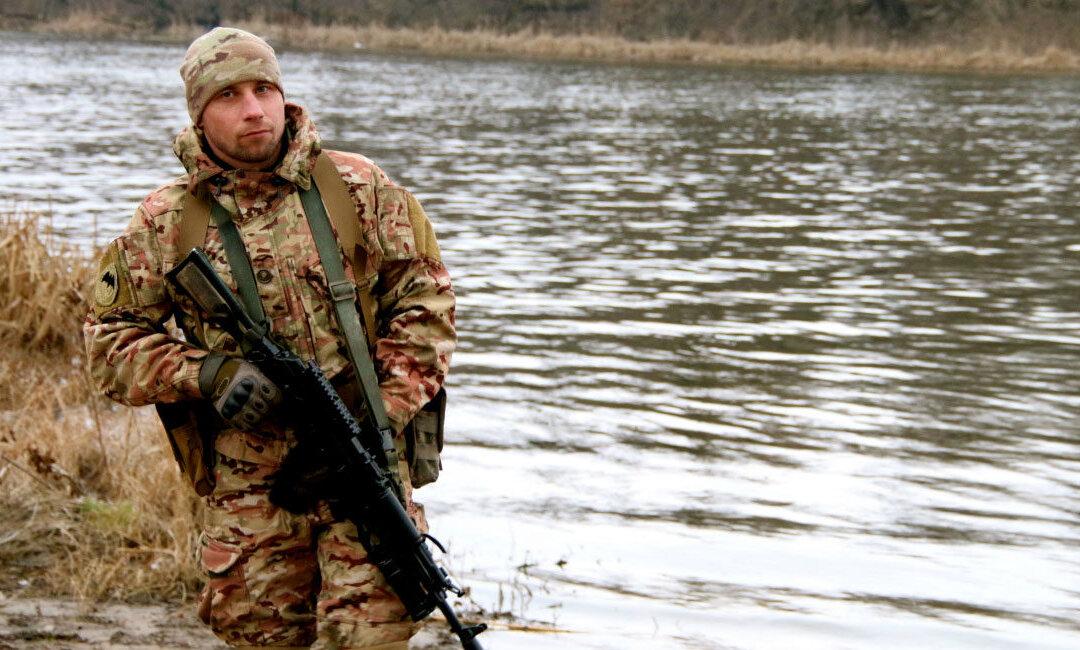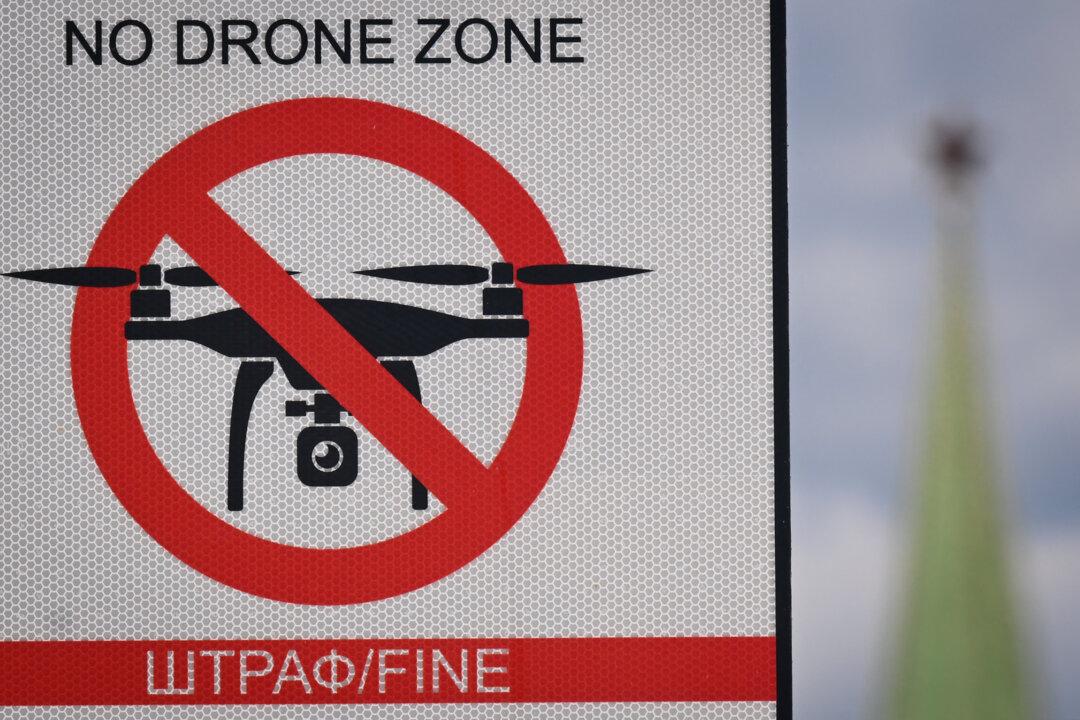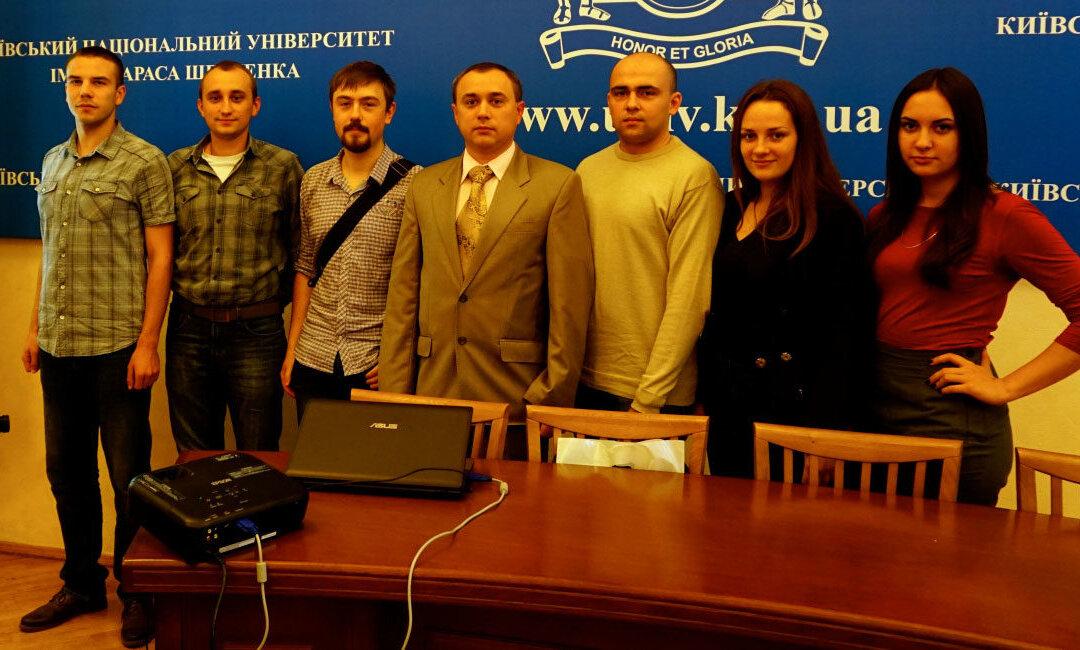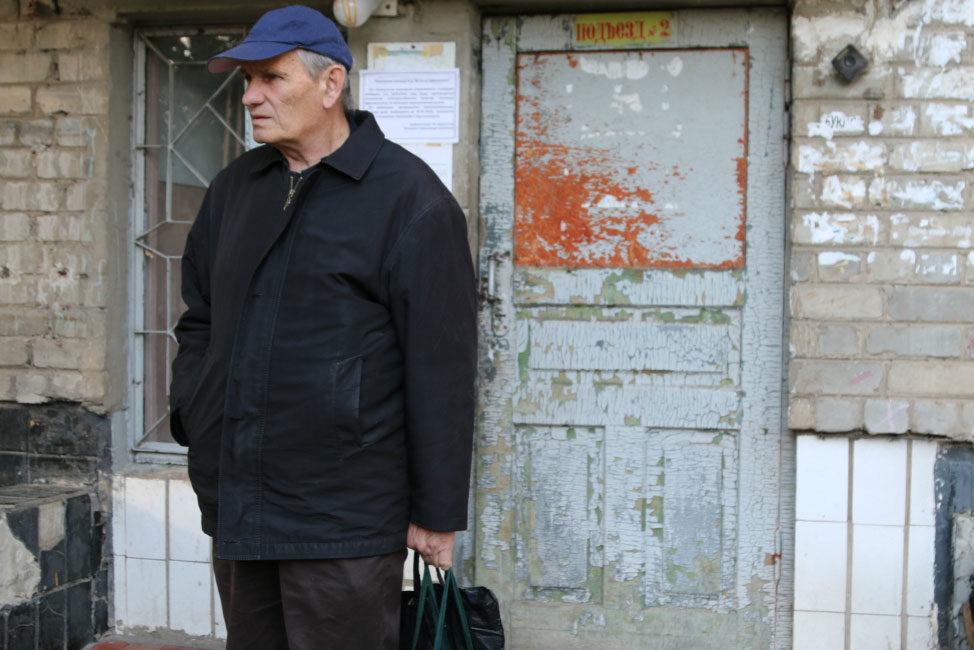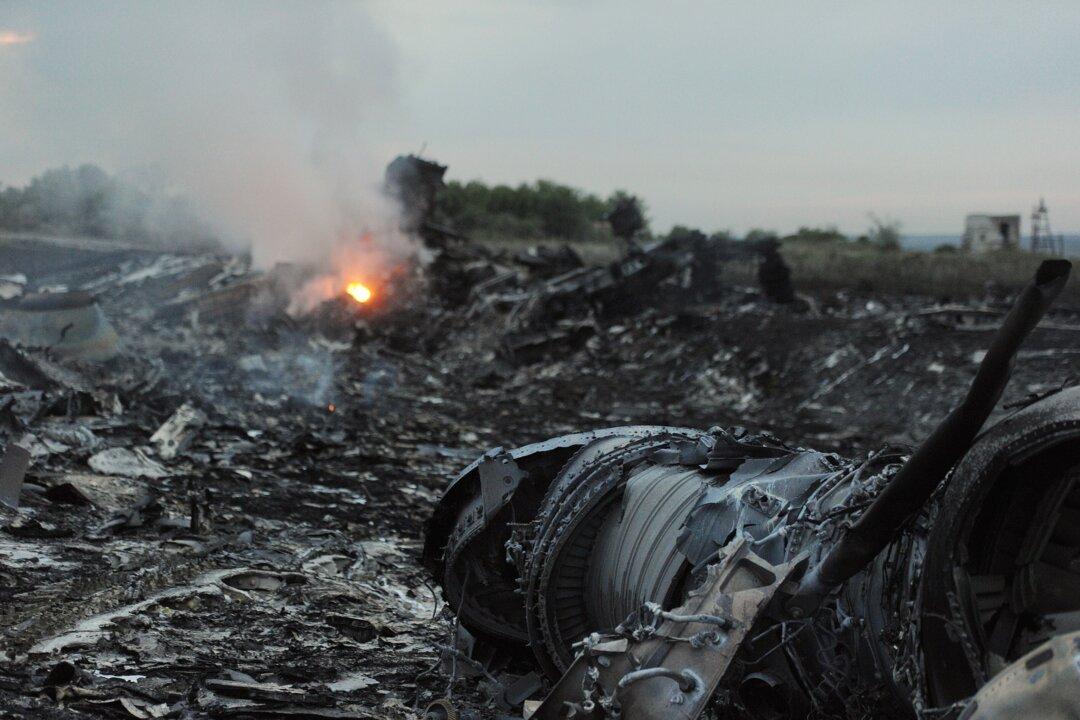KYIV, Ukraine—The shaky cease-fire in eastern Ukraine has reached a “tipping point,” a high-level Ukrainian government official says.
The official’s comments underscore how geopolitical events—from the war in Syria to the rise of nationalist parties across Europe—have tested international resolve to maintain sanctions on Russia.
“There is no alternative” to the current cease-fire, the official said during a closed-door meeting Wednesday in Kyiv with a small group of foreign journalists, including one for The Daily Signal. The official spoke on condition of anonymity due to diplomatic concerns.
“The conflict in the Donbas could be resolved very easily,” the official said, referring to Ukraine’s embattled southeastern region on the border with Russia. “It’s up to Russia … but you can’t be so naïve to think that [Russian President Vladimir] Putin will relinquish control of the Donbas. He wants to show that Ukraine is a failed state.”
The conflict in Ukraine is moderated in its intensity by a cease-fire named “Minsk II,” struck in February 2015 by the leaders of Ukraine, Russia, France, and Germany, as well as representatives from the two breakaway separatist territories in eastern Ukraine.
